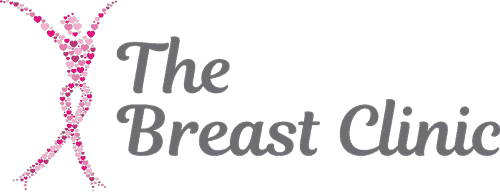
Screening
The Importance of Breast Cancer Screening
Most of the time, breast cancer does not produce any symptoms. A woman who gets breast cancer will often not feel any pain or discomfort, loss of weight or appetite. She will only feel a hard stone-like lump when the cancer grows bigger. Thus, the only way to detect breast cancer early is through regular mammograms and breast ultrasounds.
Also, early detection is the key to survival if breast cancer develops — when the tumour is small, there are multiple surgical options, and cure is possible.
Screening Services
-
Mammogram
A mammogram makes use of low doses of X-ray to detect lumps within the breast. During the scan, each breast will be placed between 2 planes of the machine, and subsequently compressed. This helps to flatten the breast tissue and allow appropriate imaging of the breast.
-
Breast Ultrasound Imaging
During a breast ultrasound, a ultrasound probe is placed on the skin and moved over the breast to detect the presence of lumps.
-
Breast Magnetic Resonance Imaging (MRI)
The breast MRI is not a routine screening that is done for all women. It is sometimes used for further investigations or for women of certain risk profiles.
-
Genetic Risk Assessment for Breast Cancer
A genetic risk assessment is used to specifically look out for mutations in the BRCA gene. Women who have mutated BRCA genes have a higher chance of developing breast cancer. This test is mainly indicated for women who have a very strong history of breast cancer in the family, especially if their family members were affected below the age of 50.
Screening FAQs:
Why is breast screening important?
Unfortunately, most breast cancers are sporadic, meaning it can affect people with no particular family history. It seems to simply be a factor of the ageing process, without any known genetic predispositions. In fact, genes account for only about 10-15% of all breast cancers.
Thus, most breast cancers cannot be predicted, making screening highly important for early treatment, if detected.
When will I need a mammogram?
Women aged 40- 49 are recommended to go for their mammogram once a year, while women aged 50 and above are recommended to repeat their mammogram once in two years.
Will the radiation from mammograms cause breast cancer?
Mammogram is a safe modality for screening as the radiation from modern mammogram machines is very low, measuring around 0.4mSv. Compare this to the background radiation we are exposed to from our natural surroundings, which averages 3mSV a year. That is close to 10 times higher!
I have a lump in my breast but it's not painful. Is it necessary to see a doctor?
Breast cancers typically do not cause pain. The breast lump, while not painful, could continue to grow and could potentially be cancerous. All new breast lumps should always be checked by a doctor to exclude the possibility of breast cancer.



